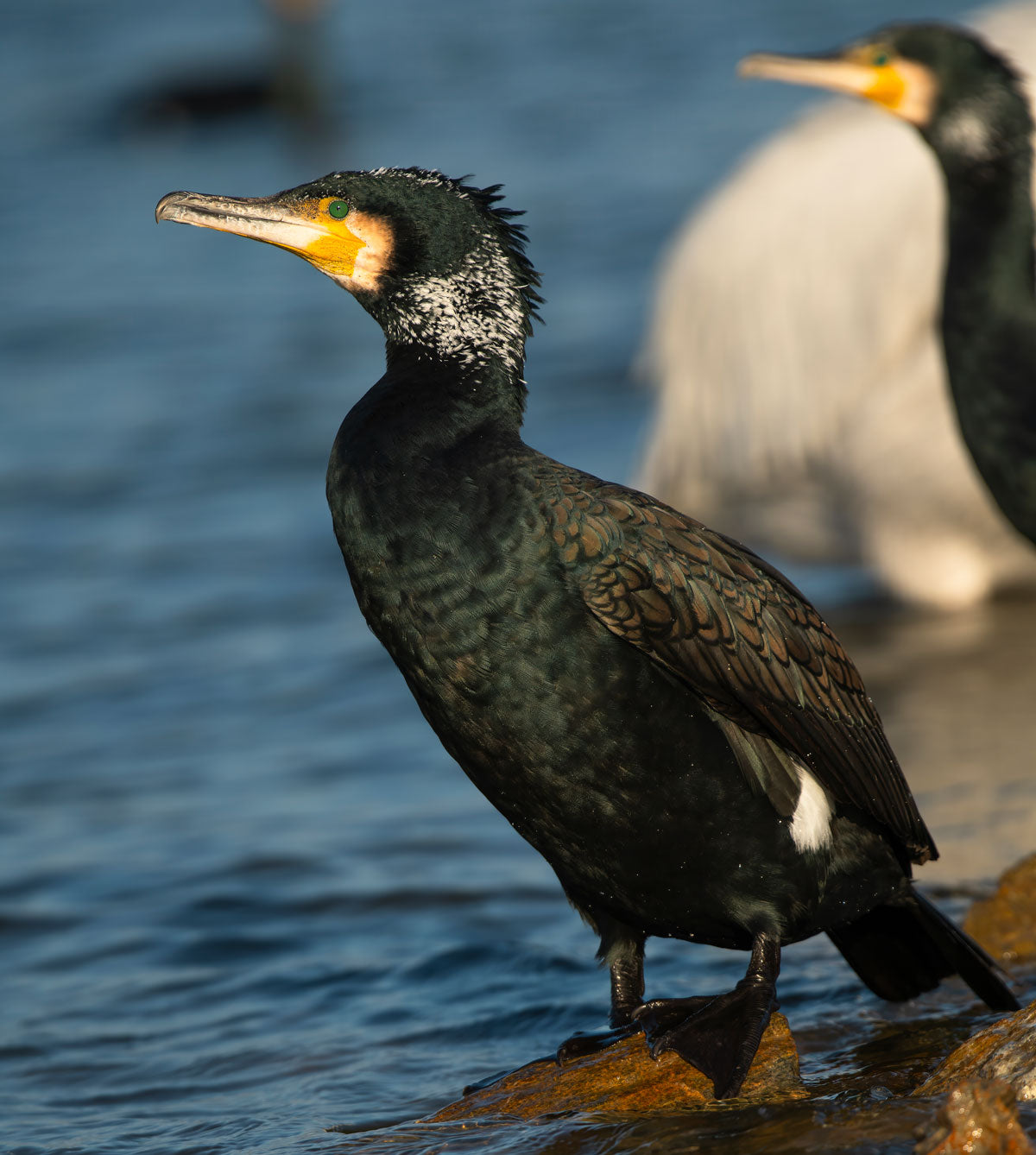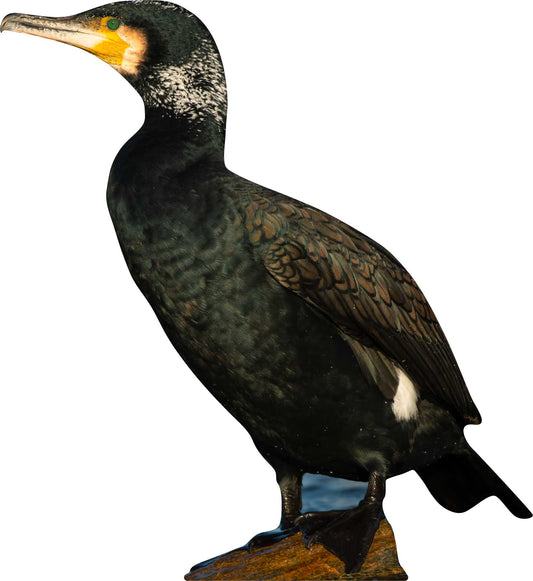
cormorant
The cormorant, a skilled diver and fish hunter, plays an important role in the ecosystem of aquatic and coastal areas. This fact sheet provides a detailed overview of the biology and lifestyle of the cormorant and highlights the importance of its protection and conservation in natural habitats.
cormorant Products
-
Animal display hawk - outdoor set
No reviewsRegular price 67,70€Regular priceUnit price / per -
Animal display wild rabbit
No reviewsRegular price From 59,90€Regular priceUnit price / per
Profile: cormorant
-
Scientific classification
- Class: Birds (Aves)
- Order: Ciconiiformes
- Family: Cormorants (Phalacrocoracidae)
- Genus: Phalacrocorax
- Species: P. carbo (cormorant)
-
Physical characteristics
- Size: Body length of 75-100 cm
- Wingspan: 120-160 cm
- Weight: 1.5-2.5 kg
- Special features: Black to dark green plumage with metallic shimmer, long neck, pointed beak, strong legs with webbed feet, striking wings and wing positions in flight.
-
Habitat and distribution
- Common regions: Europe, Asia, North Africa
- Habitat: Coastal areas, freshwater lakes, rivers and estuaries; prefers waters with abundant fish stocks.
-
Nutrition
- Diet: Carnivore
- Typical diet: Fish, especially small to medium-sized species, which it catches by diving and underwater hunting.
-
Reproduction and lifestyle
- Breeding season: spring to summer
- Nest building: In colonies on trees, rocks or cliffs, often in large colonies together with other water birds
- Eggs: 3-5 eggs per clutch
- Brood care: Both parents take care of the brooding and rearing of the young
- Lifestyle: Social animals, often found in large colonies; excellent divers and flyers, using their wings for both flight and diving.
-
Lifespan and protection status
- Life expectancy: Up to 20 years in the wild
- Endangered status: Least concern, but locally threatened in some regions due to conflicts with fishing and pollution.
- Conservation measures: protection of breeding areas, sustainable fishing practices, promoting understanding of the ecological benefits of cormorants.


